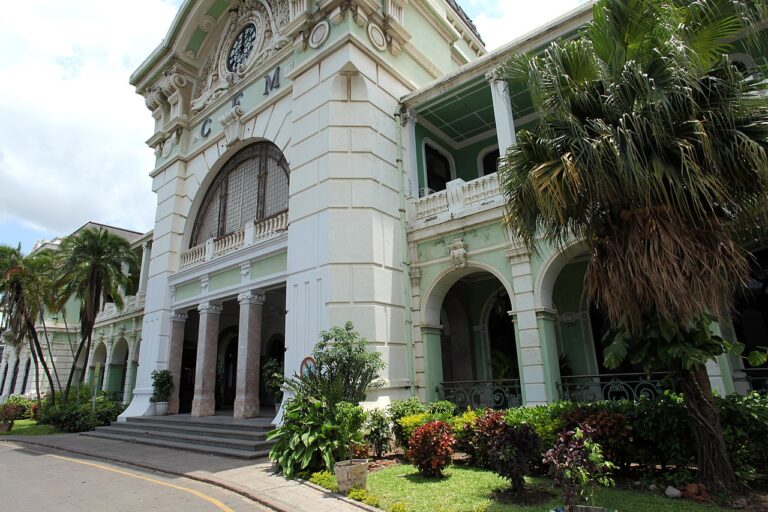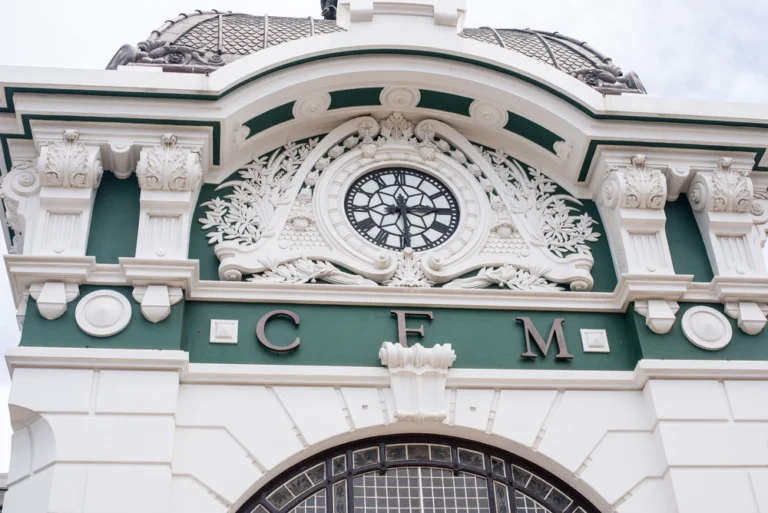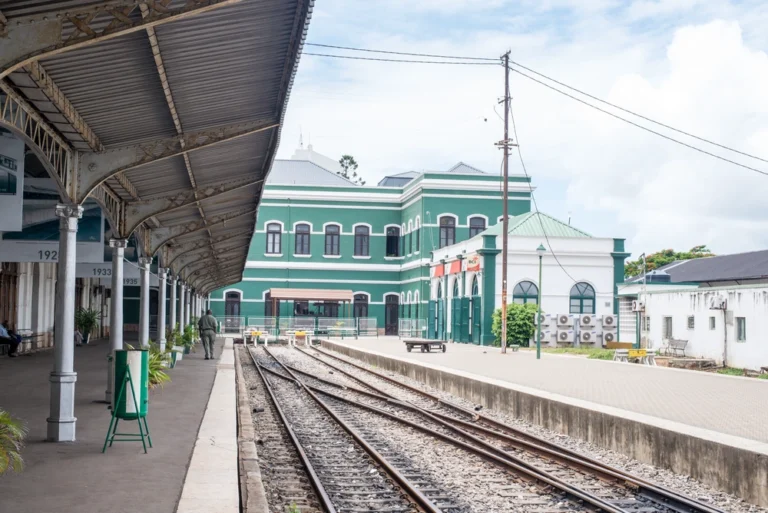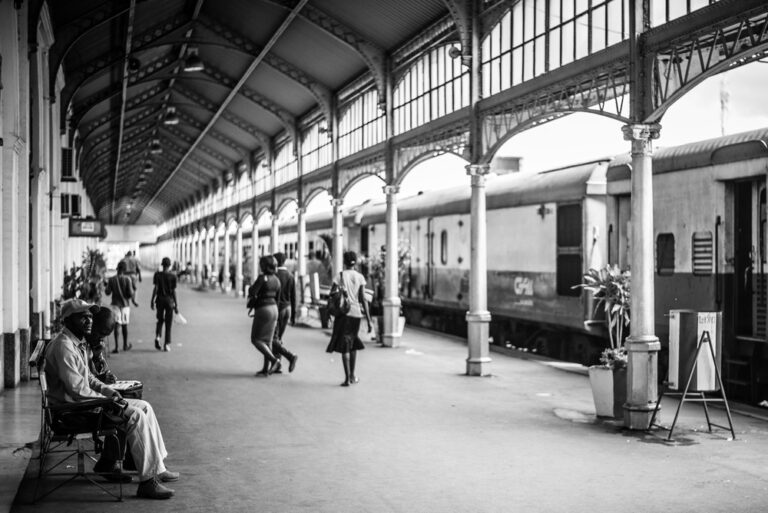100 Years of the CFM Station
On March 19, 2010, Maputo's Central Railway Station, considered the third most beautiful in the world, celebrated its 100th anniversary. This prestigious recognition, given by one of the most renowned international media outlets, is a cause for celebration for the company and the country. Built in the early 20th century, the history of this beautiful building is recounted here.
The centennial celebrations of Maputo's iconic railway station were honored by the President of the Republic of Mozambique, Armando Emílio Guebuza, who unveiled a commemorative plaque. On the occasion, the President sponsored the launch of the "Our Heritage" campaign, which aims to raise awareness about the need to preserve public assets.
Plans for the construction of the current railway station date back to 1904. It is known that the 1906-1907 Railway budget already allocated a sum of 40,000$000 réis for the new building, and it was also known that the plan for this purpose had already been drawn up and sent to Lisbon for approval. According to the press of the time, these initial plans were drawn up by architect Mário Veiga, of the Public Works Directorate, "assisted by Mr. Maroni, a well-known builder who was in the city at the time." Meanwhile, Lisbon would introduce profound changes to the initial plans.
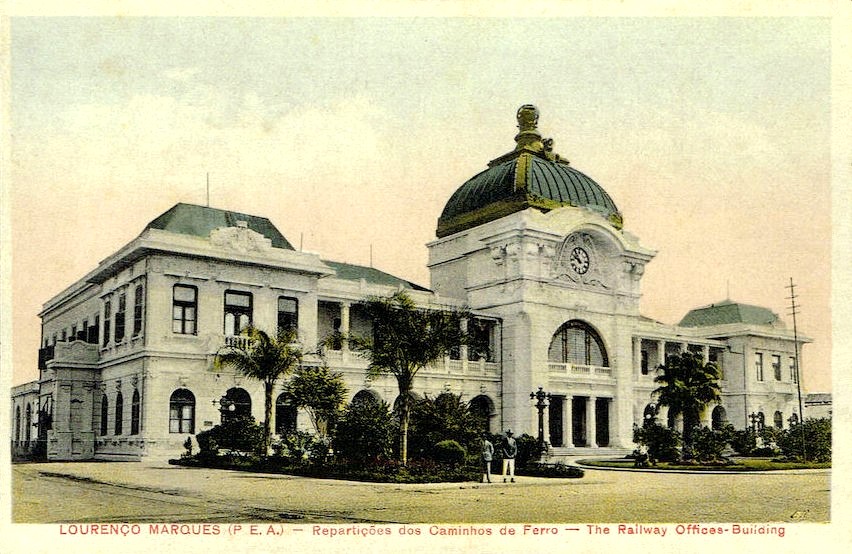
Built in the early 20th century, this beautiful building chronicles its history. The centennial celebrations of Maputo's iconic railway station were honored by the President of the Republic of Mozambique, Armando Emílio Guebuza, who unveiled a commemorative plaque. On the occasion, the President sponsored the launch of the "Our Heritage" campaign, which aims to raise awareness about the need to preserve public assets.
It was said, then, that its style was "identical to that of the Johannesburg railway station", with the difference that the Lourenço Marques railway station had a "more striking frontispiece and, inside, a passage connecting with the station's platform".
To complement its elegance and good taste, it is adorned with three domes, one of which is large.
The central dome, which tops the station, has been erroneously attributed to Gustave Eiffel. In fact, this engineer built a lot, and there's a tendency to attribute a little bit of everything to him, no matter what. However, in our case, there's documentary evidence that it was built in South Africa, due to the difficulties of building it in England during World War I.
The central dome, which tops the station, has been erroneously attributed to Gustave Eiffel. In fact, this engineer built a lot, and there's a tendency to attribute a little bit of everything to him, no matter what. However, in our case, there's documentary evidence that it was built in South Africa, due to the difficulties of building it in England during World War I.
Construction began in 1908 on the new station, made of fired brick and cement and with a 51-meter frontage, replacing the original wood and zinc station located a little further downstream, which had been inaugurated in 1895 by Paulo Kruger. Its completion was scheduled for March 19, 1910, and it was inaugurated in an informal ceremony attended by the governor-general at the time. On this occasion, the colony's highest authorities and other dignitaries traveled to the mission of S. José de Lhanguene, where festivities were held to raise funds for its activities.
Important works would still take place from 1913 onwards, with the façade being profoundly altered by the architect Ferreira da Costa (who also designed the “Banco Nacional Ultramarino” building, demolished in 1958, and the 1st Police Station, on Rua Consiglieri Pedroso).
The execution of these works was managed by the Railways' Track and Works Section, under the direction of that architect. Only the facade's ornamentation was done under contract, under the responsibility of Pietro Buffa Buccellato. The works were completed in 1916.




